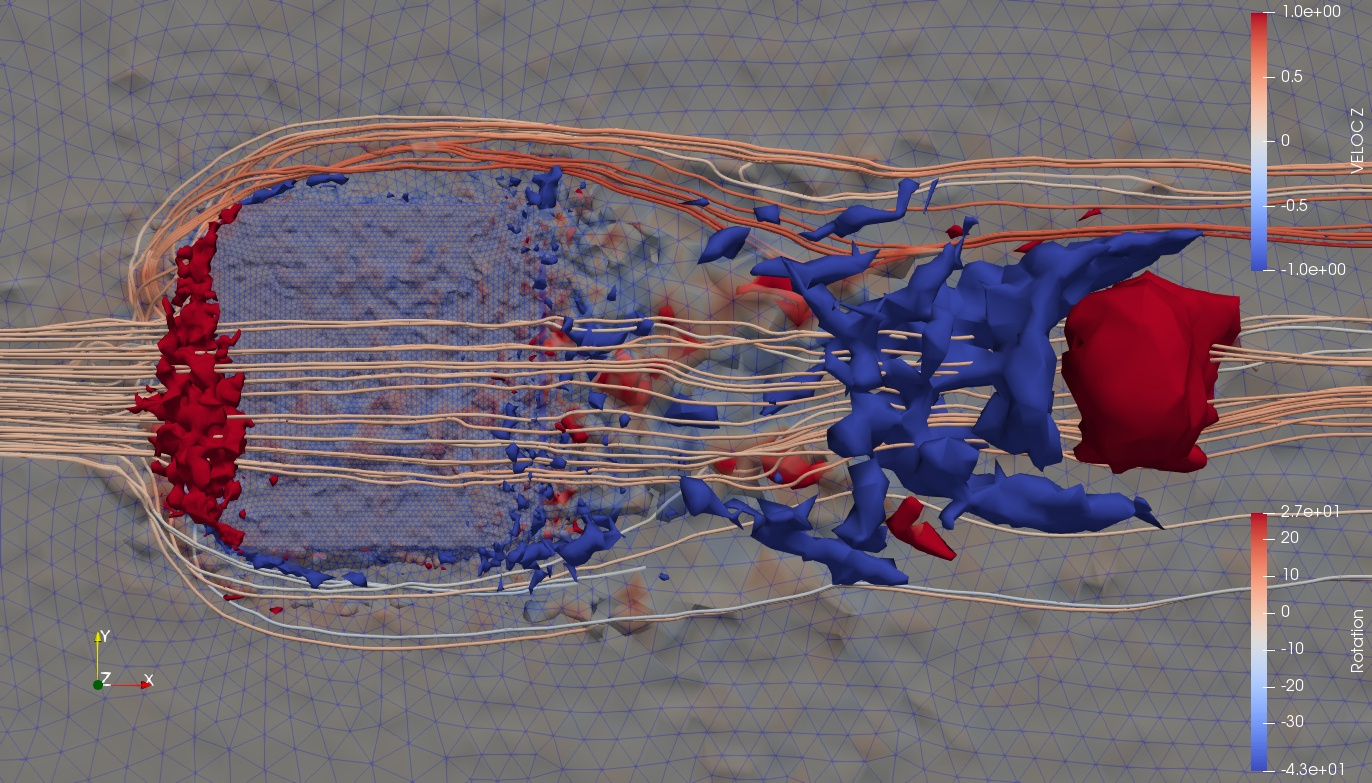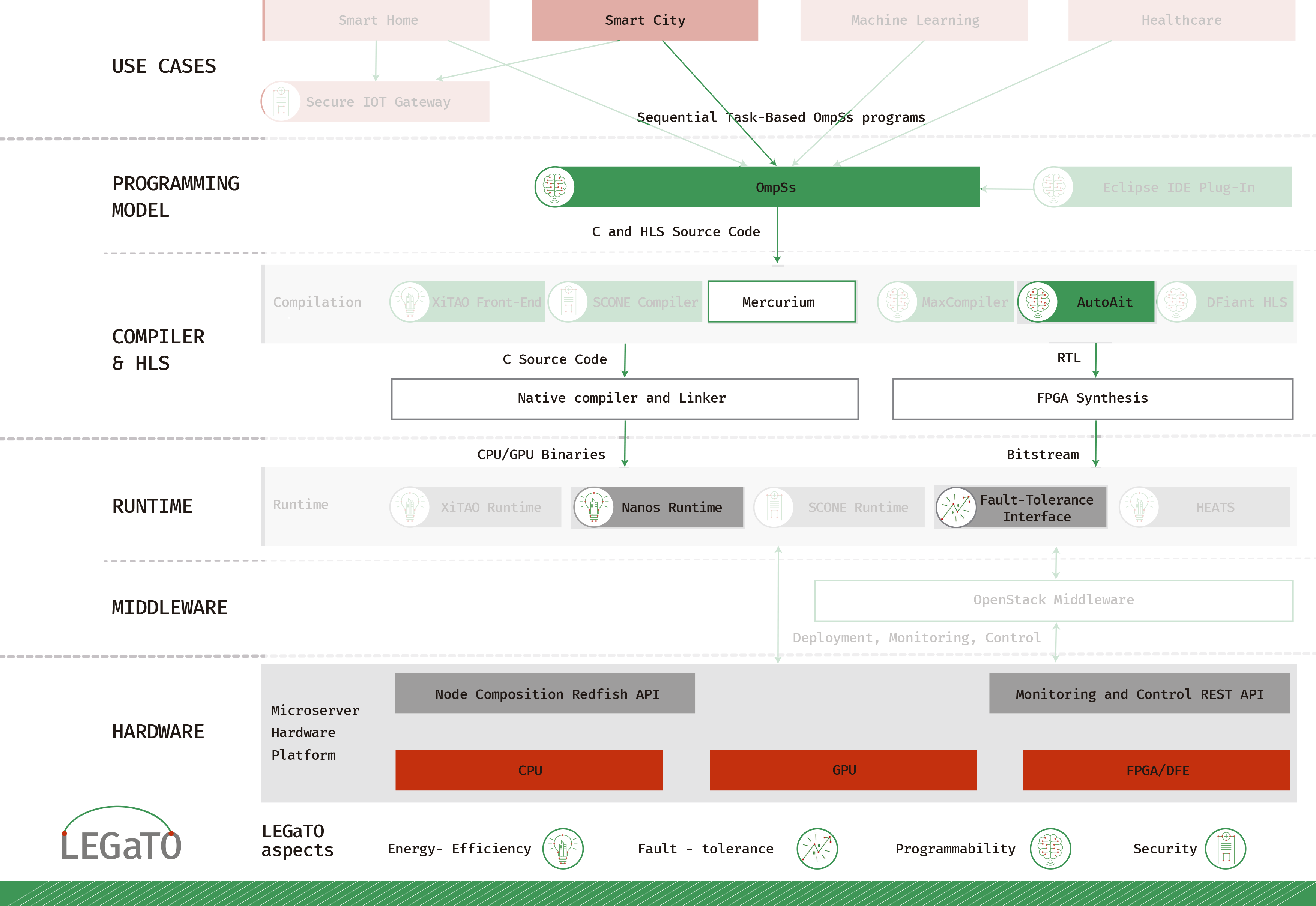Smart city
Urban-scale air quality model
Predicting models that combine large datasets and high-fidelity numerical simulations are utilized for predicting the propagation of liquid and atmospheric pollutants in urban environments. The simulations are based in CFD techniques that have large computing demands, requiring optimizations in performance and energy efficiency. First, the wind flow through the urban section is simulated considering different wind directions. The development of the flow is saved, and the simulation is restarted combining the database information to predict the transport of pollutant substances.

The LEGaTO stack is pivotal, in terms of both leveraging processing capabilities and improving energy-efficiency. The Smart City use case aims at demonstrating that monitoring of urban air quality through CFD simulations is feasible for nowcasting predictions in an operational workflow. As a benchmark, a case consisting of 12 city blocks of the Eixample neighbourhood in Barcelona was selected.

Thanks to the usage of the Nvidia Xavier boards and FPGAs, the energy consumption of the Alya application is reduced.

Components
Nvidia Xavier boards and OmpSs@FPGA has been used to leverage FPGA technology. Alya and CUDA have been used to leverage the Nvidia Xavier boards.
LEGaTO components are available here: https://legato-project.eu/software/components
News
| Medium | Date | Article |
|---|---|---|
| LEGaTO website | July 2020 | https://legato-project.eu/news/smart-city-use-case-towards-urban-scale-air-quality-model |
| HiPEAC info | January 2020 | Bright sparks - Tackling the energy challenge in computing systems |
| LEGaTO website | August 2019 | Powering HPC and AI applications through intelligent management of resources - A glimpse into the LEGaTO runtime system |

